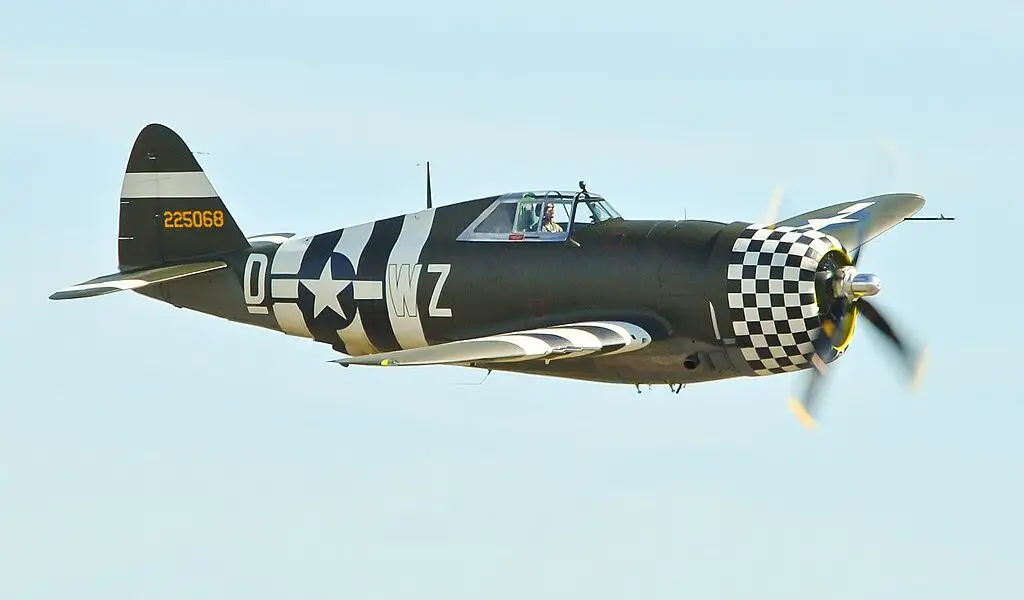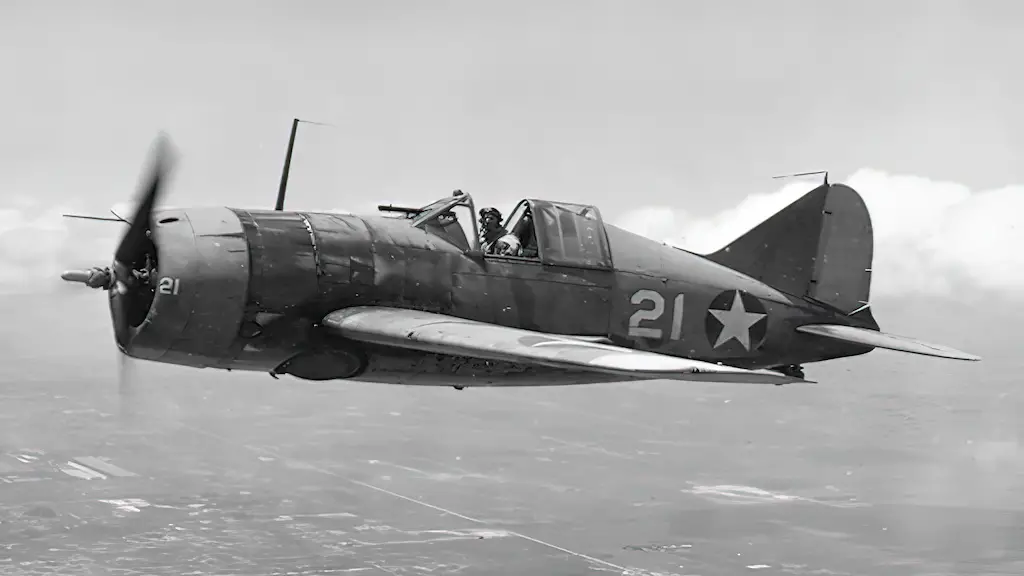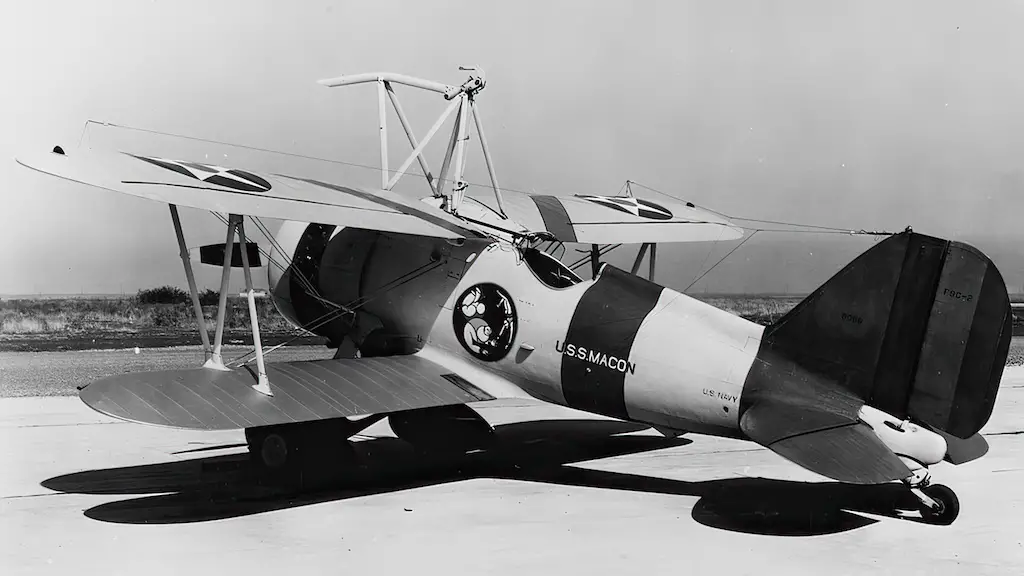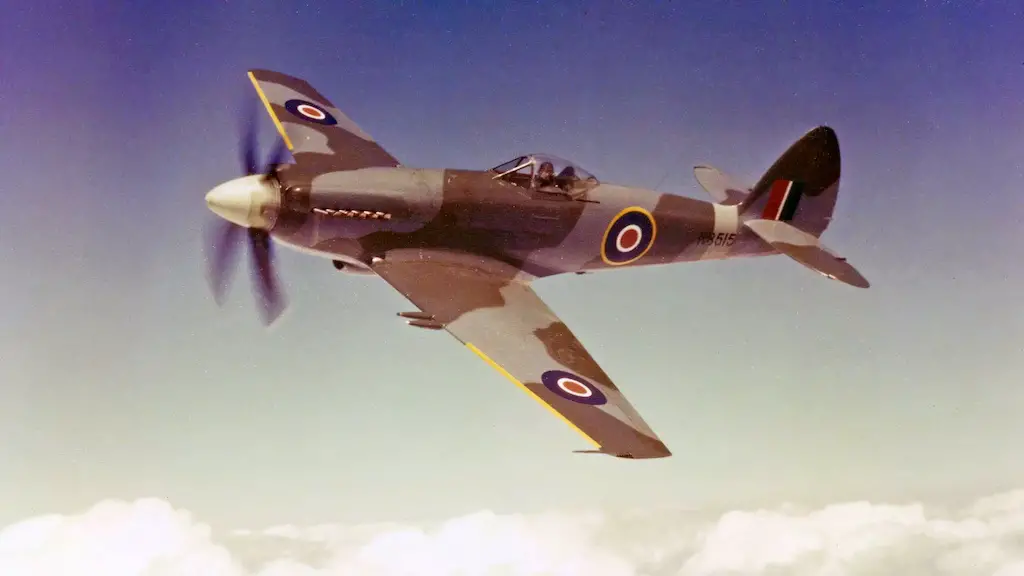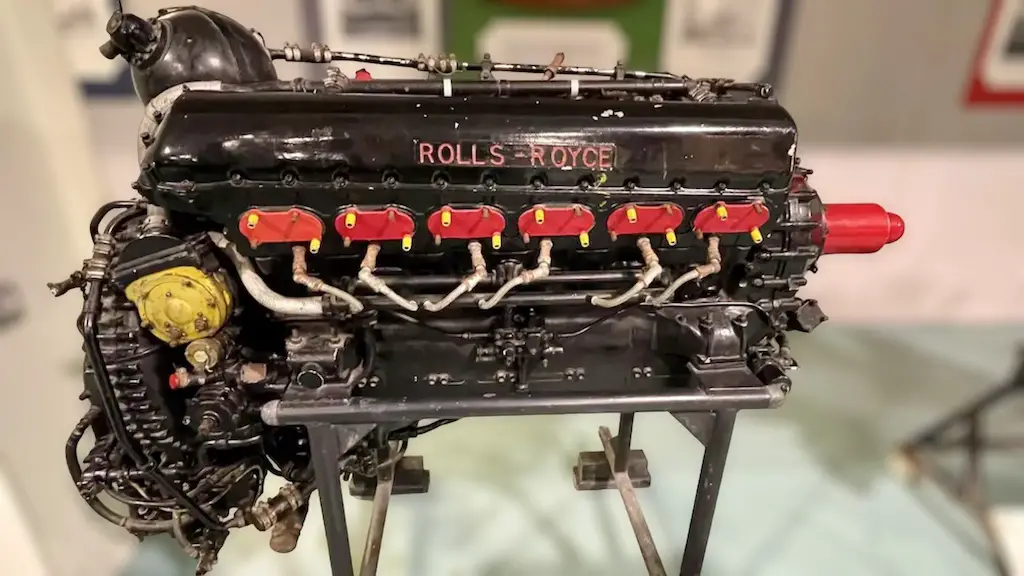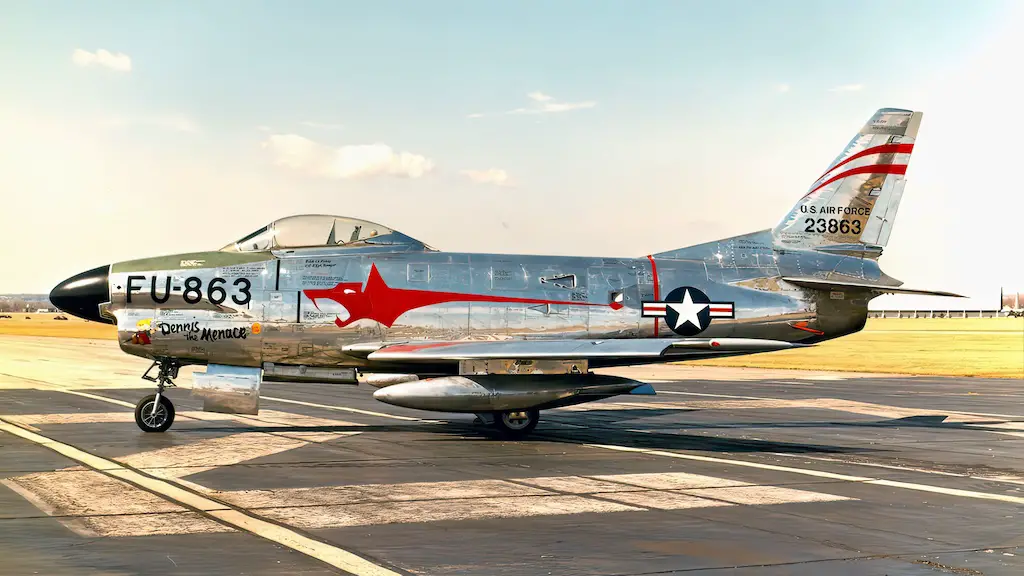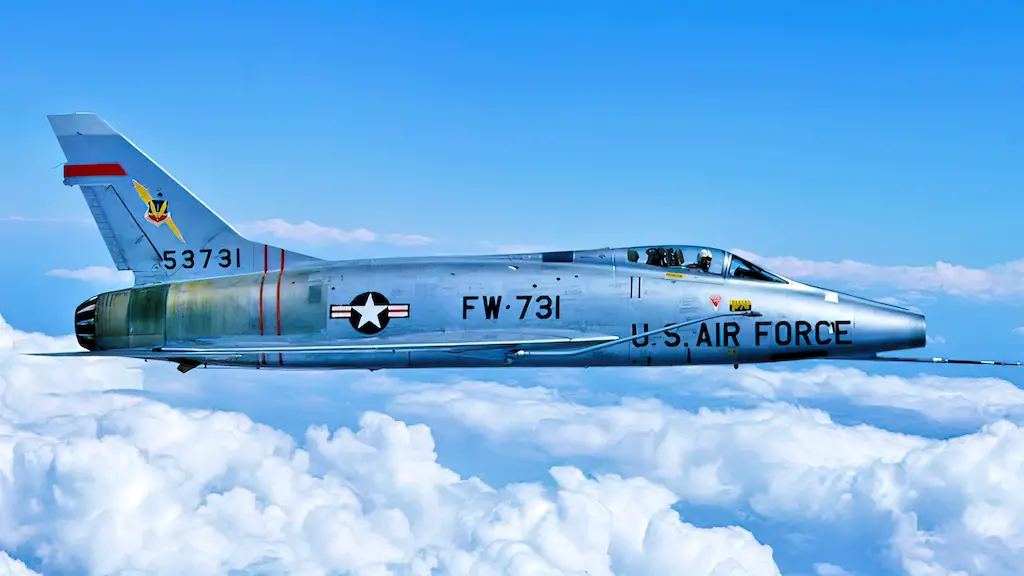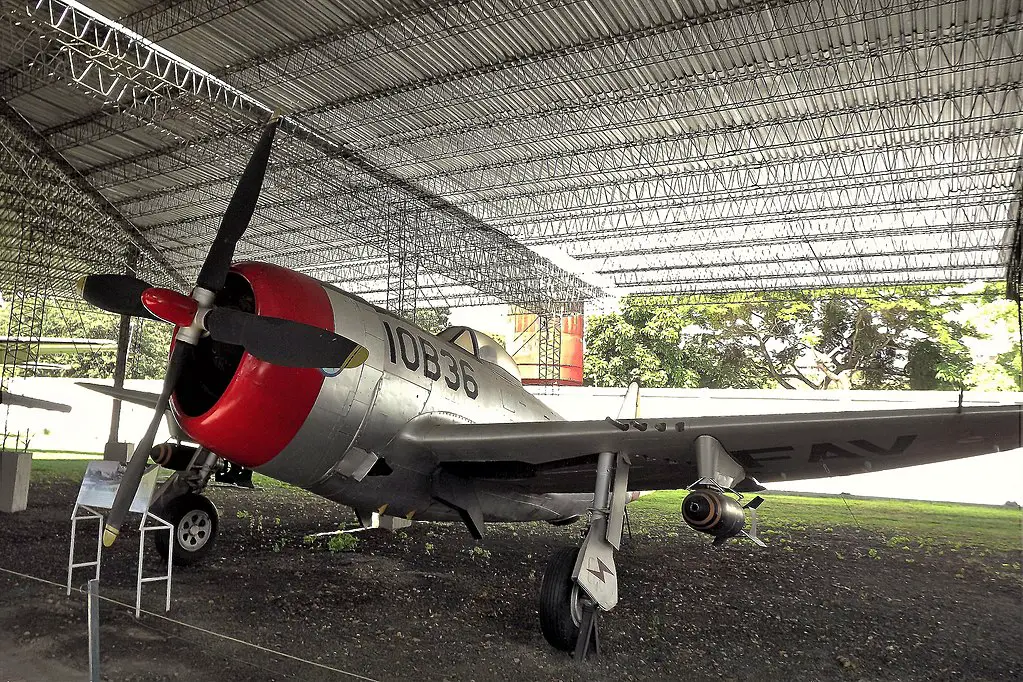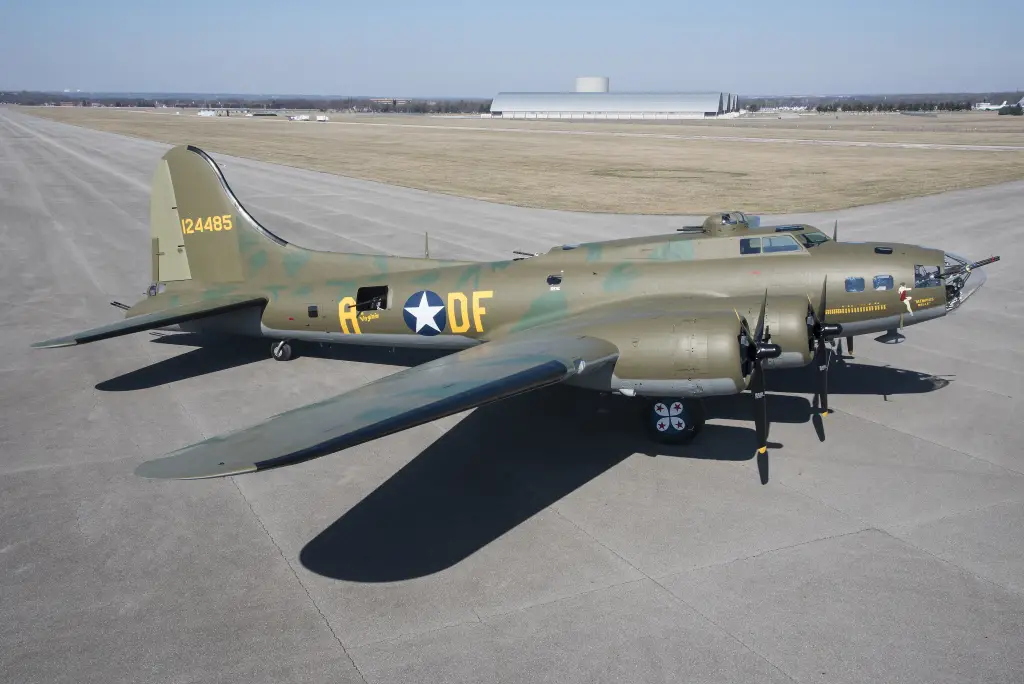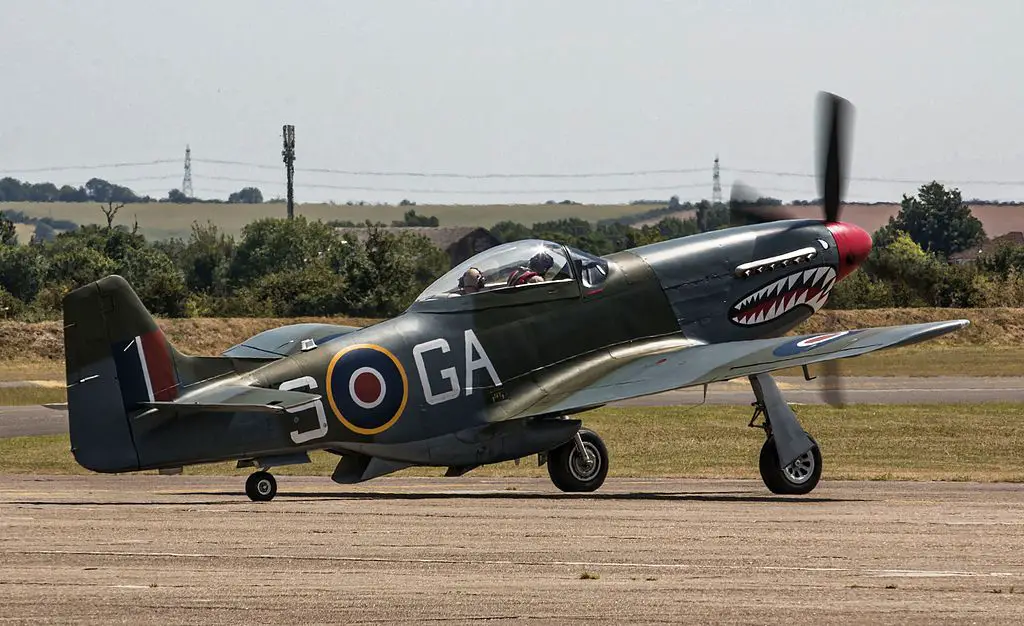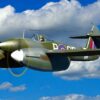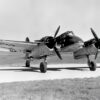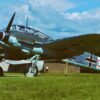Harbouring the heaviest single-engine aircraft of the war, the P-47 Thunderbolt was a tail-sitter with wide-stance landing gear and flat-face radial engine giving it the look of an aggressive bulldog. It was a successful high-altitude fighter and it also served as the foremost American fighter-bomber in the ground-attack role.
The first prototype flew in June 1941 and designed by Alexander Kartveli and built by Republic Aviation. However, Curtiss Aeroplane and Motor Company would later build 354 “G” models late in the war. It was nicknamed “Jug” by its pilots which was a shortened version of “Juggernaut” and this name was chosen because the P-47 was incredibly tough to shoot down.
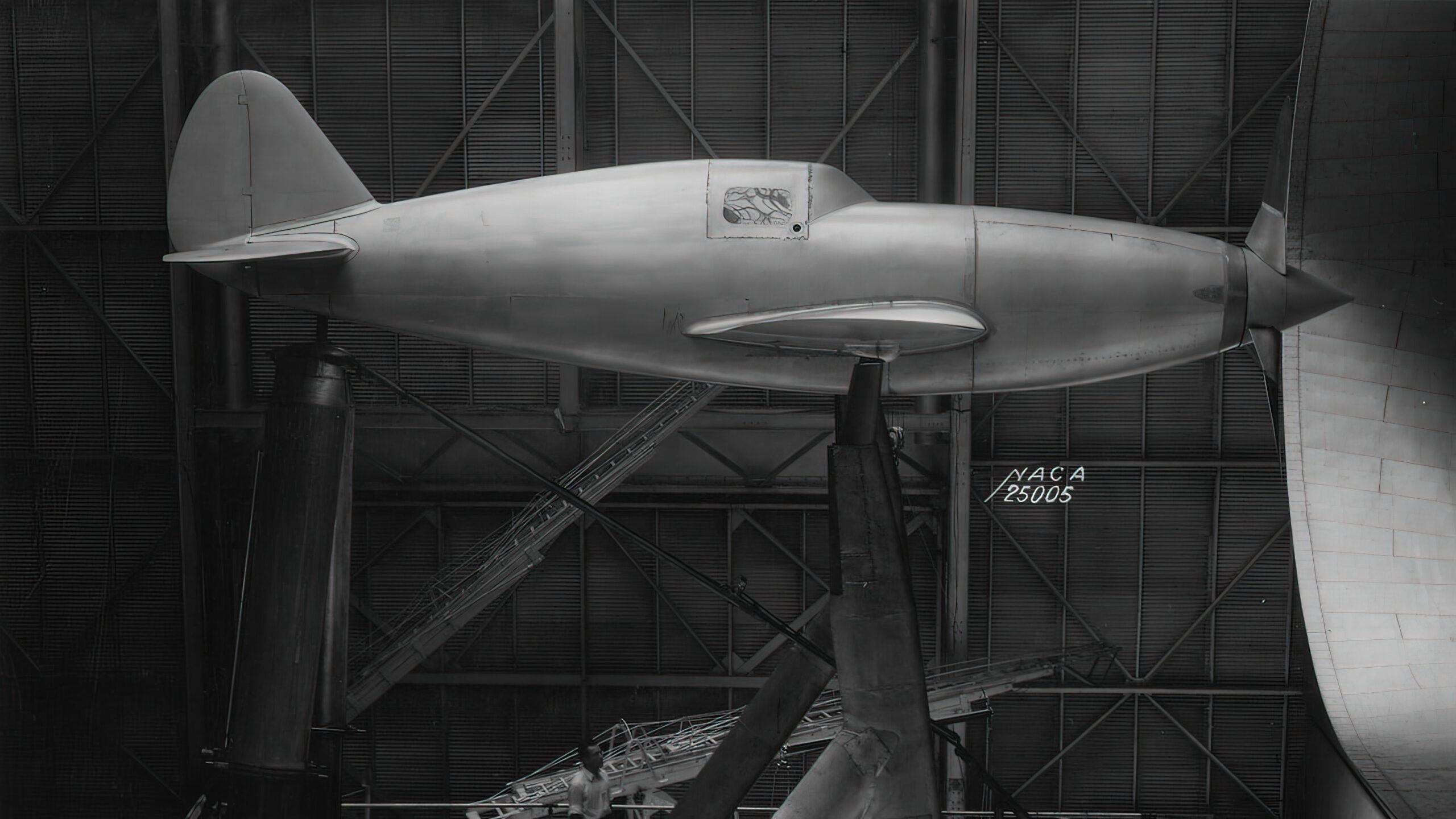
Specifications
The P-47’s 2,000-hp Pratt & Whitney R-2800 18-cylinder radial engine, boosted by a General Electric turbo-supercharger, endowed it with 400+ mph performance up to 40,000 feet. However, it was frequently made to fly low to annihilate armoured vehicles, trains, gun emplacements, and anything unlucky enough to be under its flight path.
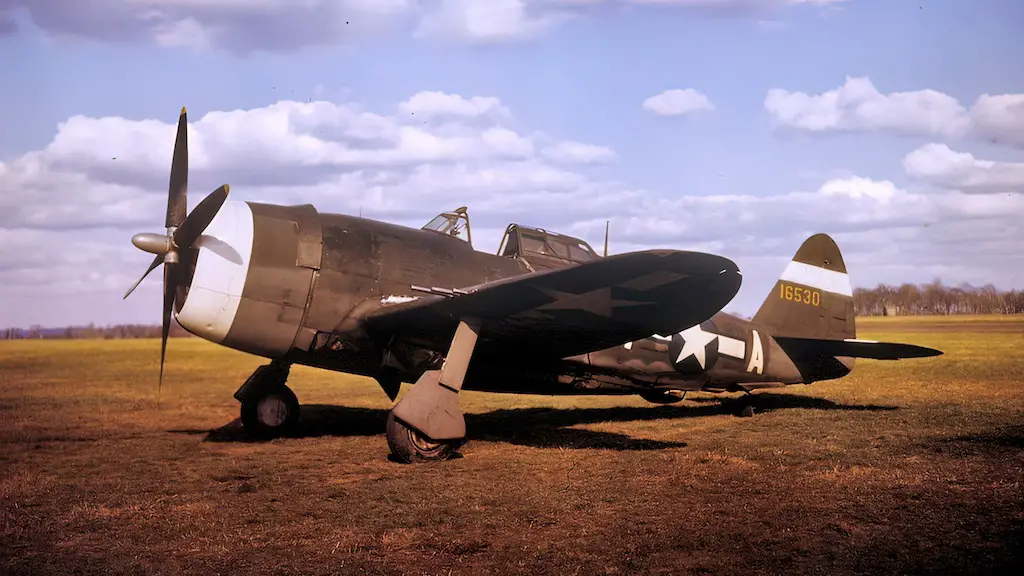
Its impressive firepower hailed from its eight .50 calibre machine guns in its wings that carried 3,400 rounds. It was even more effective as a ground attack aircraft as it was capable of carrying as much as 3,000 pounds of external ordnance. Thus, when fully armed, a P-47 Thunderbolt could deliver about half the payload of a B-17 Flying Fortress.
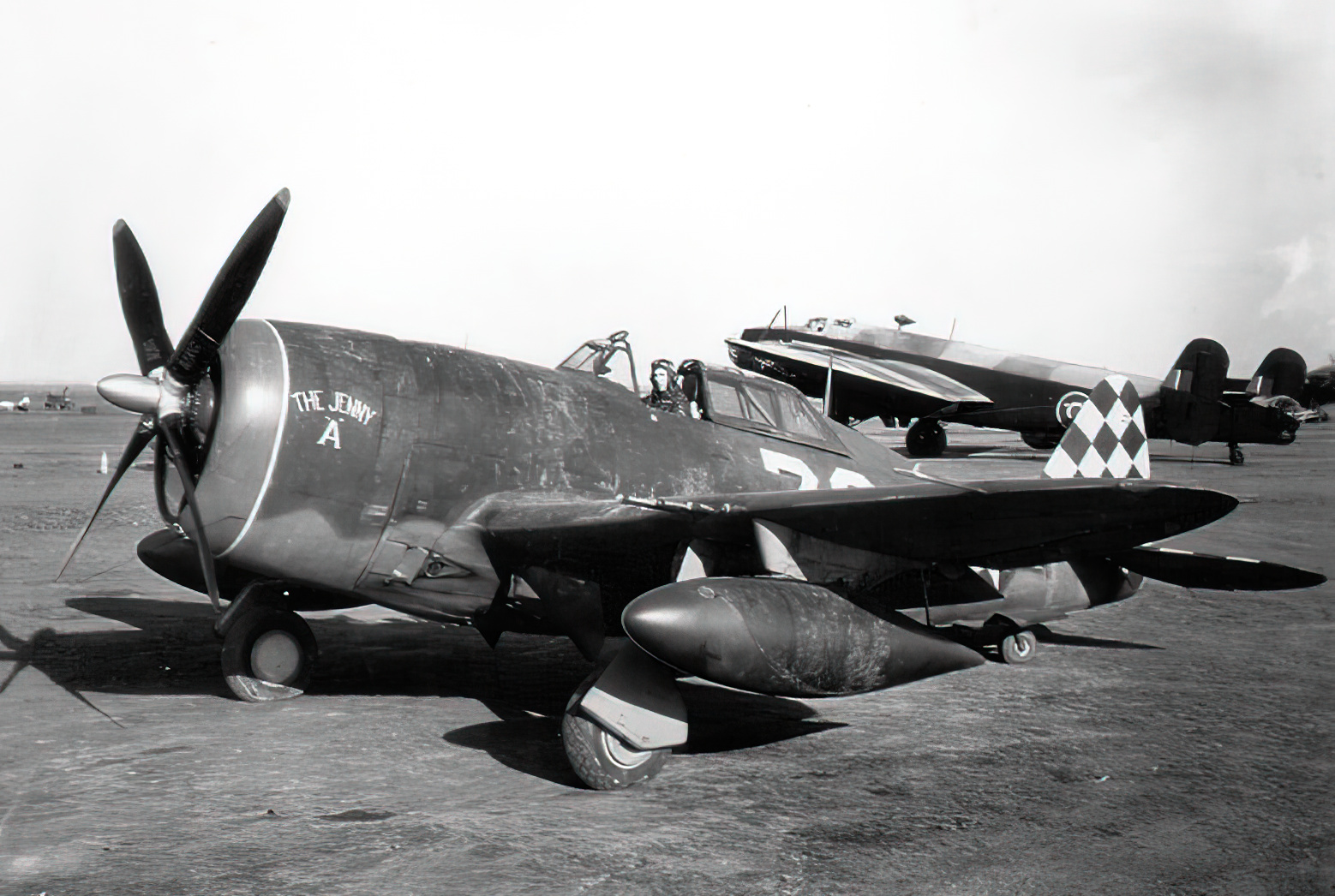
Service and Performance
In the months before Normandy, P-47 Thunderbolt pilots began using their fighters to bomb and strafe targets on the ground. After the P-51 Mustang arrived in England, the 56th Fighter Group, alone among the units of the Eighth Air Force, continued flying P-47s as bomber escorts; it remained the Eighth’s top-scoring group.
More than 15,600 Thunderbolts were manufactured between 1941 and 1945, essentially during the war years. They served in the Pacific, Mediterranean, and European theatres of the war, performing a variety of missions from bomber escorts to close air support. They even served under different air forces chiefly with the British Royal Air Forces (RAF), French Free Forces, and the Soviet Air Forces.
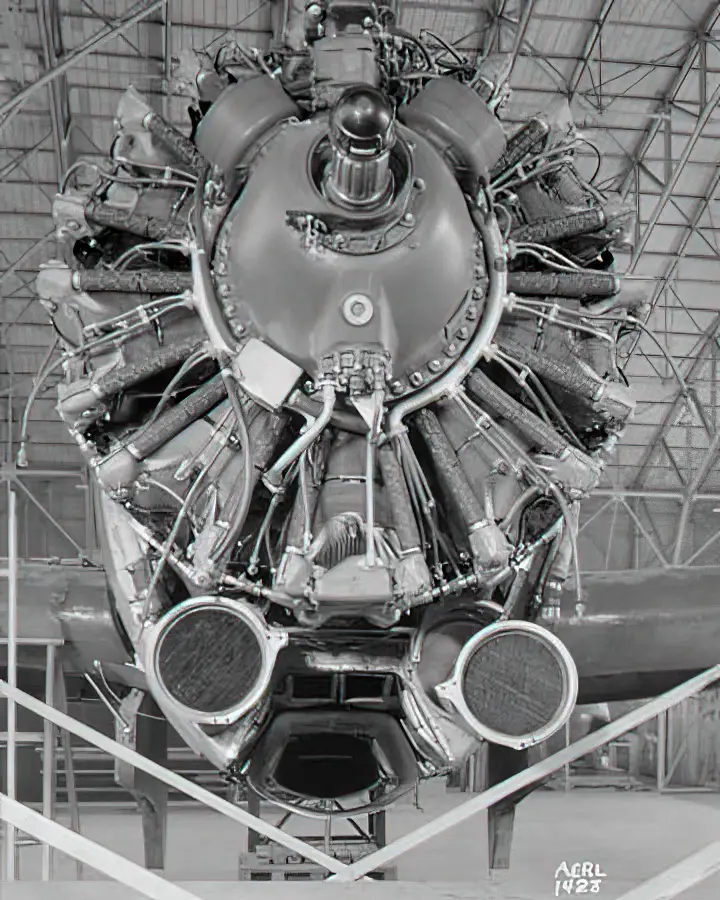
Despite the fact that the P-47’s combat debut wasn’t until April 1943, it flew more than a whopping half a million sorties in Europe and the Pacific. By the war’s end, the P-47s would claim nearly 4,000 enemy aircraft, 9,000 trains, 86,000 trucks and 6,000 armoured vehicles. All proof of its great air-ground role and capabilities.
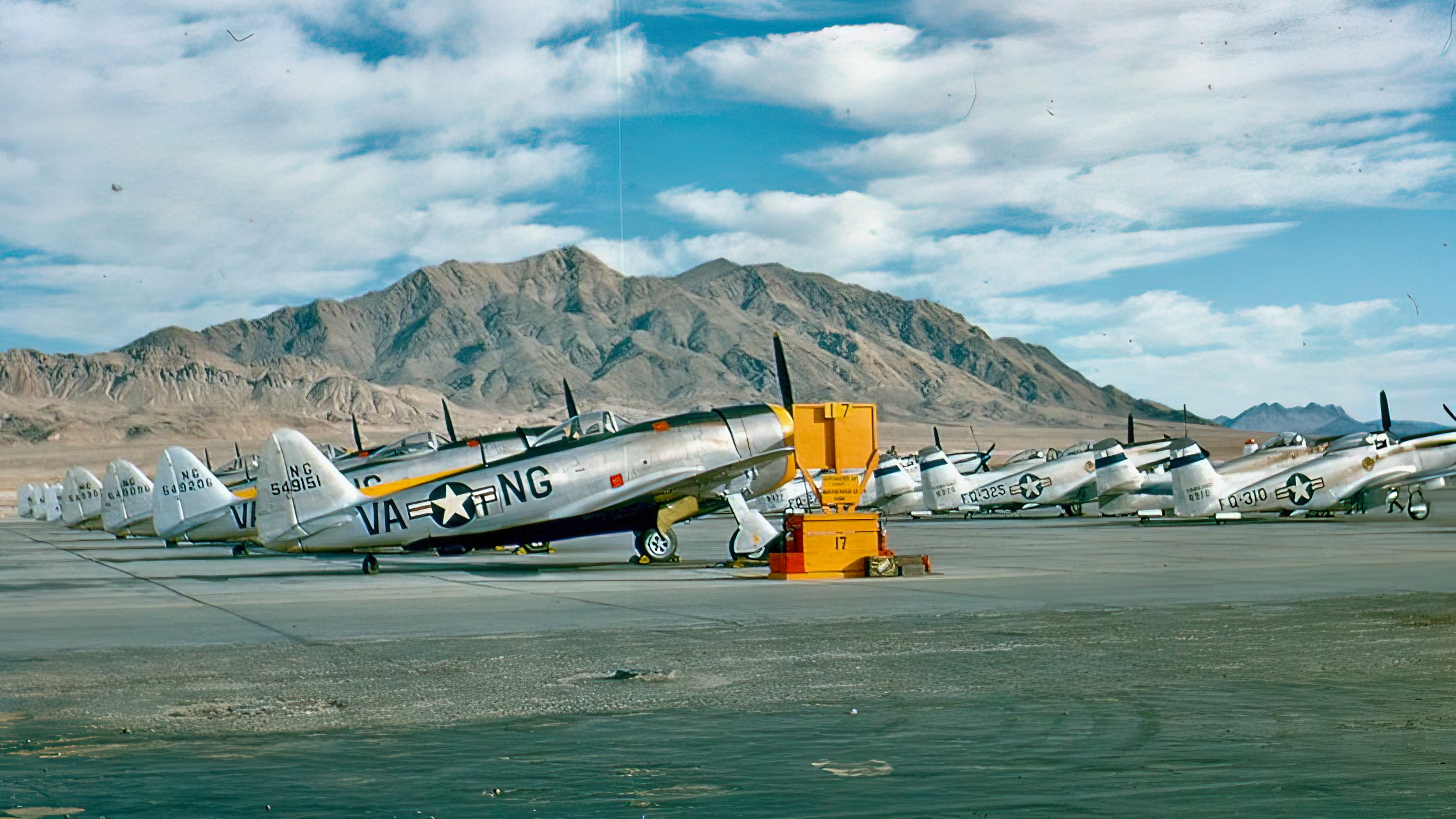
Later Years
After the final Axis powers surrender, the Empire of Japan, and the Thunderbolts were re-designated as the F-47 and continued to serve for years and in some cases, decades following the Second World War.
The United States pulled the plane from front-line service in 1949, but North Atlantic Treaty Organisation (NATO) allies like Turkey, Portugal, and Italy maintained squadrons of Thunderbolts late into the 1950s. Latin American countries flew them as far as the 1960s; whilst Peru didn’t retire them until 1966.
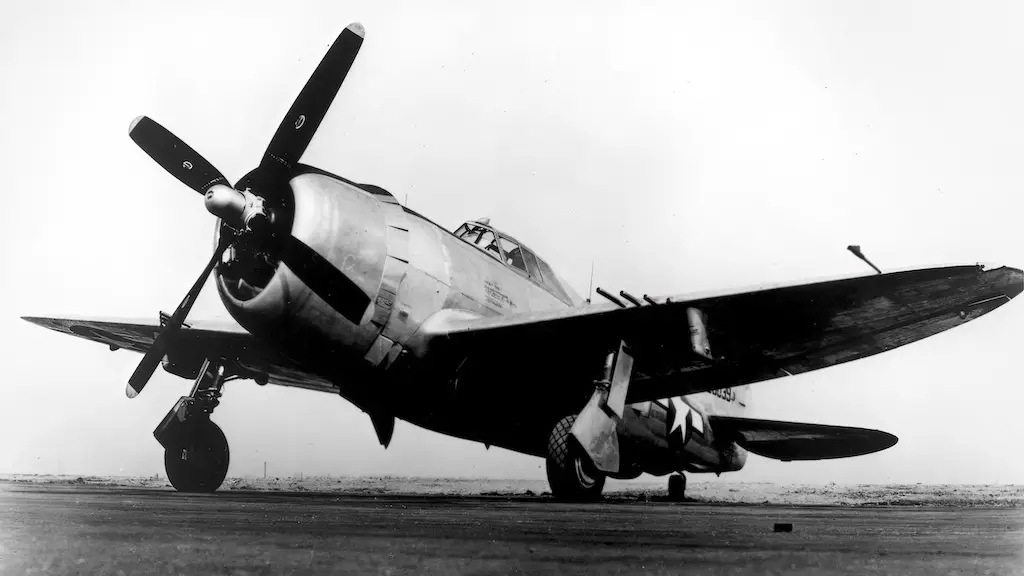
Among the Thunderbolt’s major achievements are the attacks that helped repel the final largest German counterassault that culminated at the Battle of the Bulge. The Battle of the Bulge would become the most costly battle of the European Theatre of the Second World War for the US Americans.

